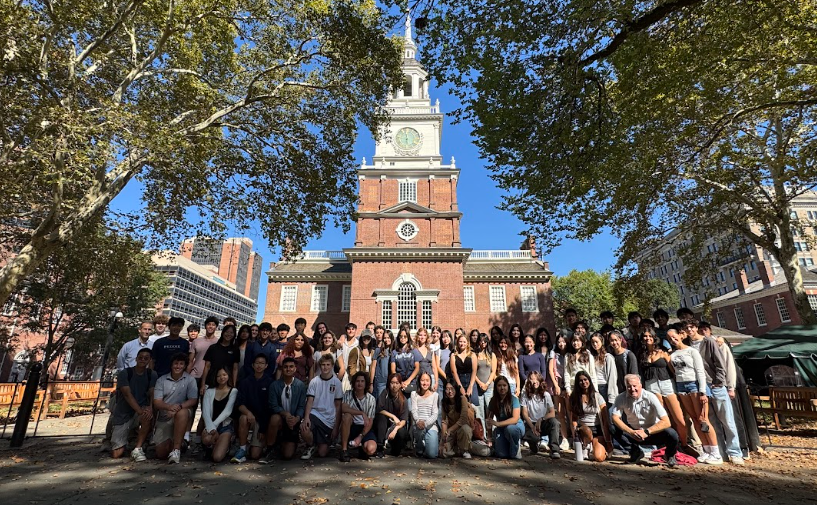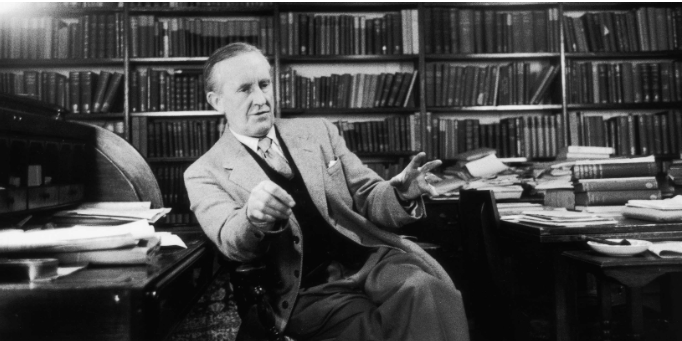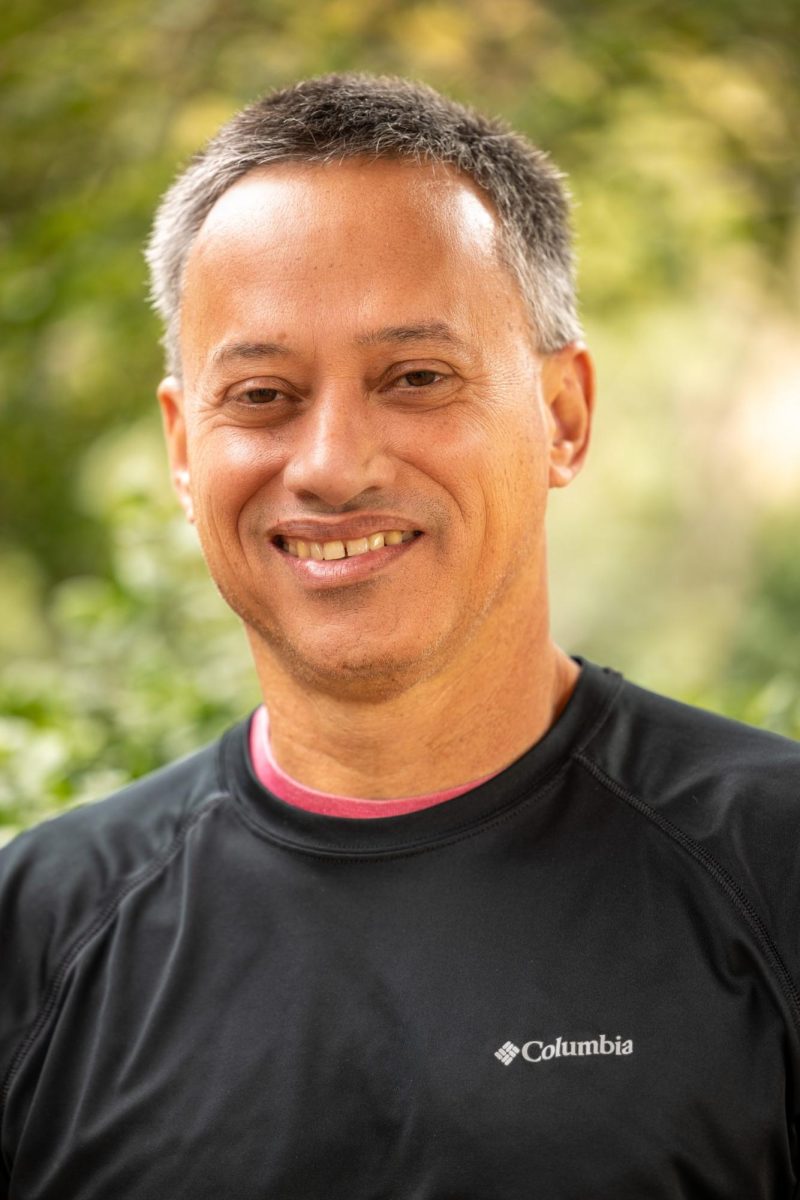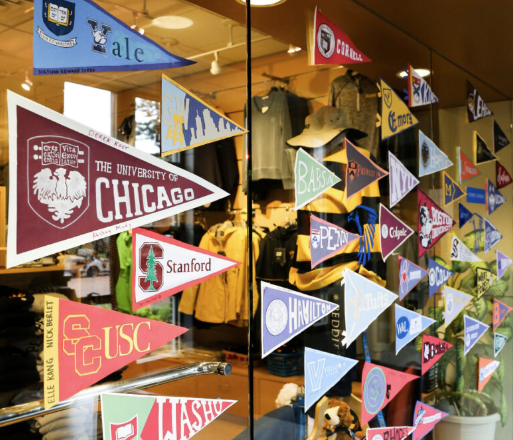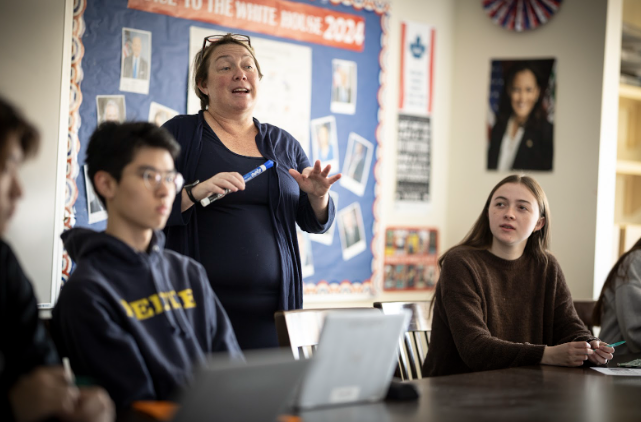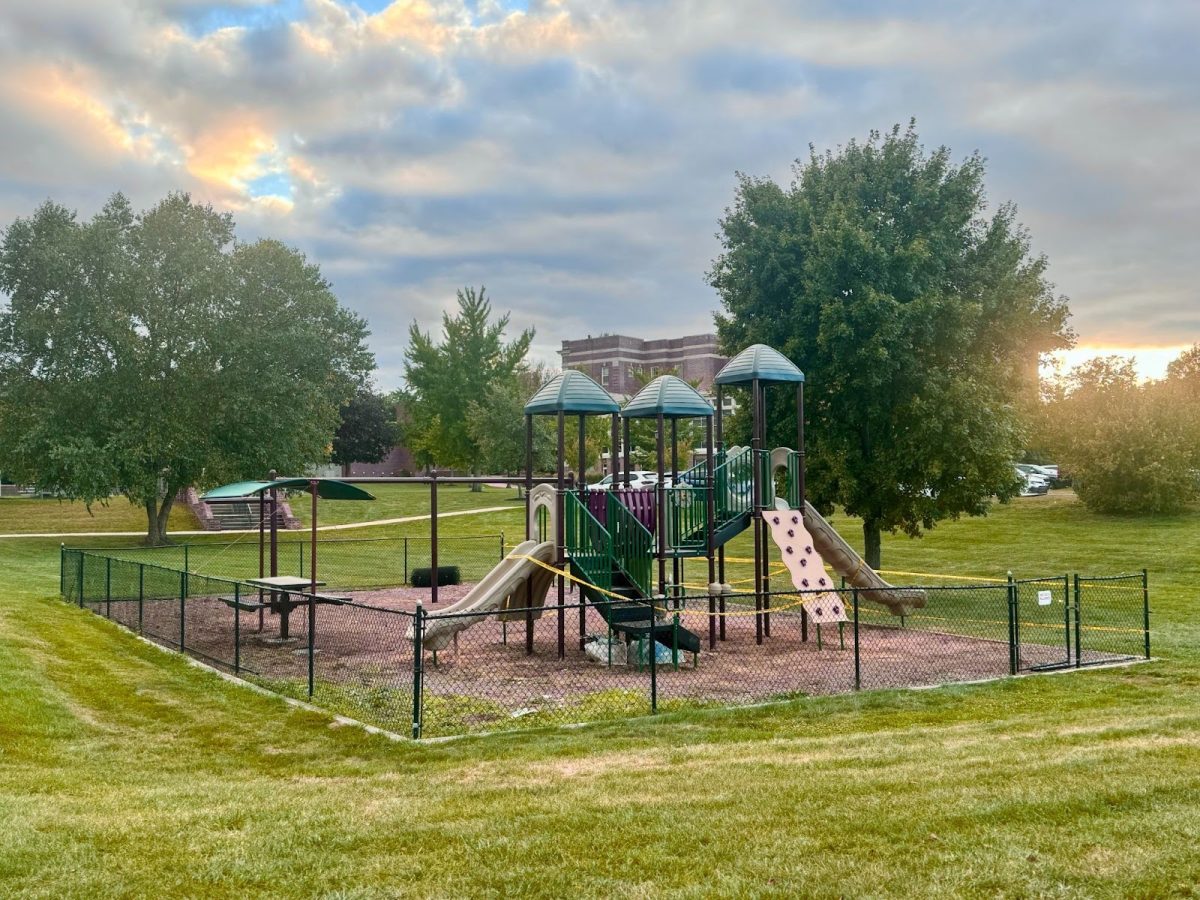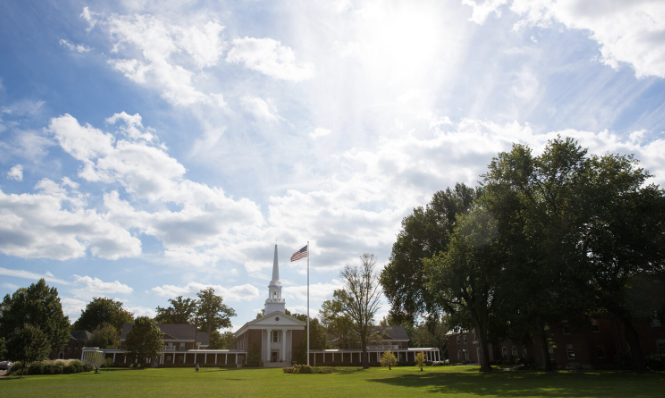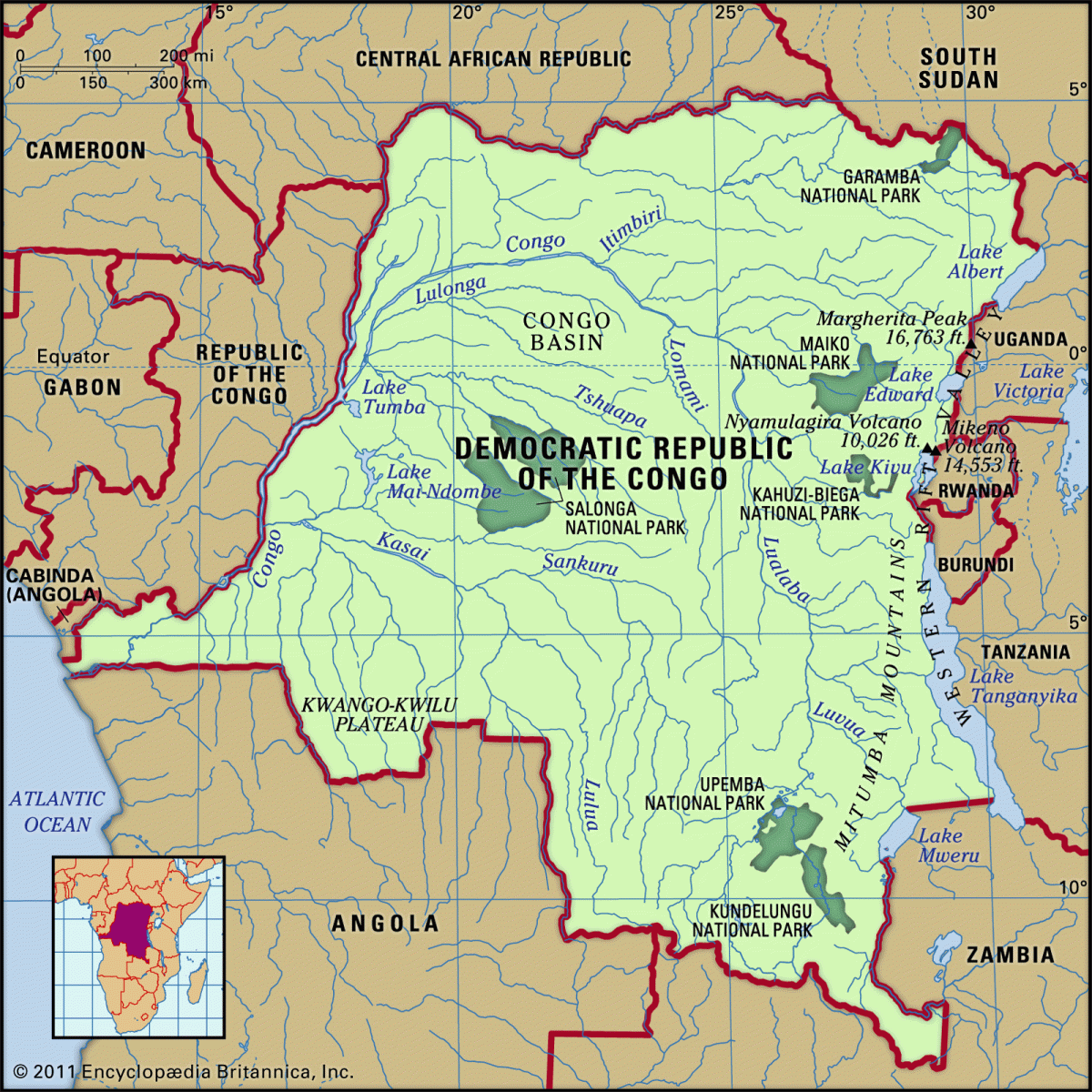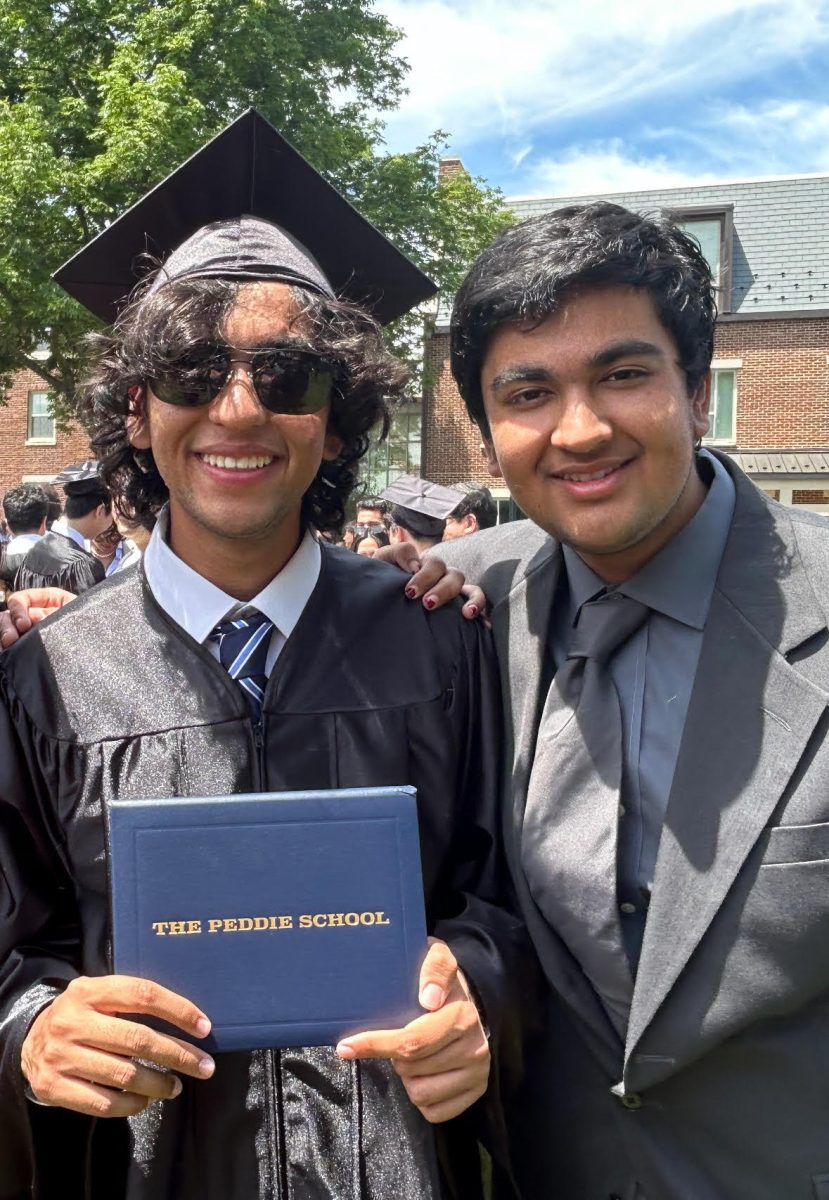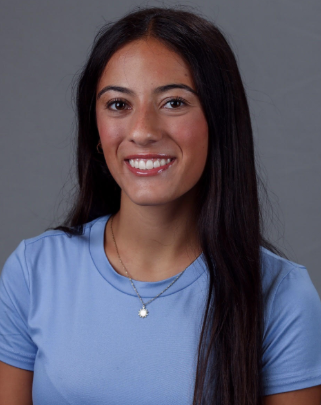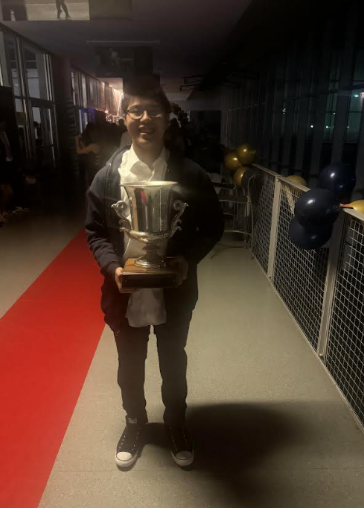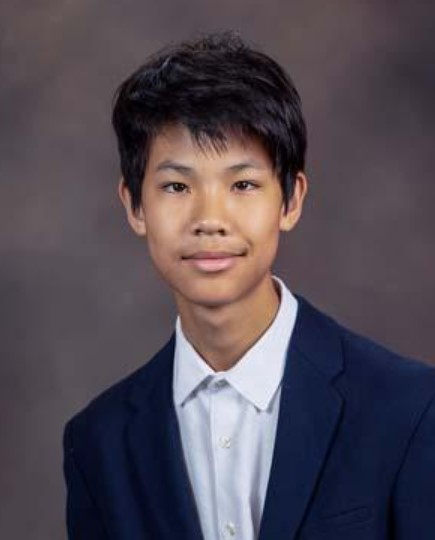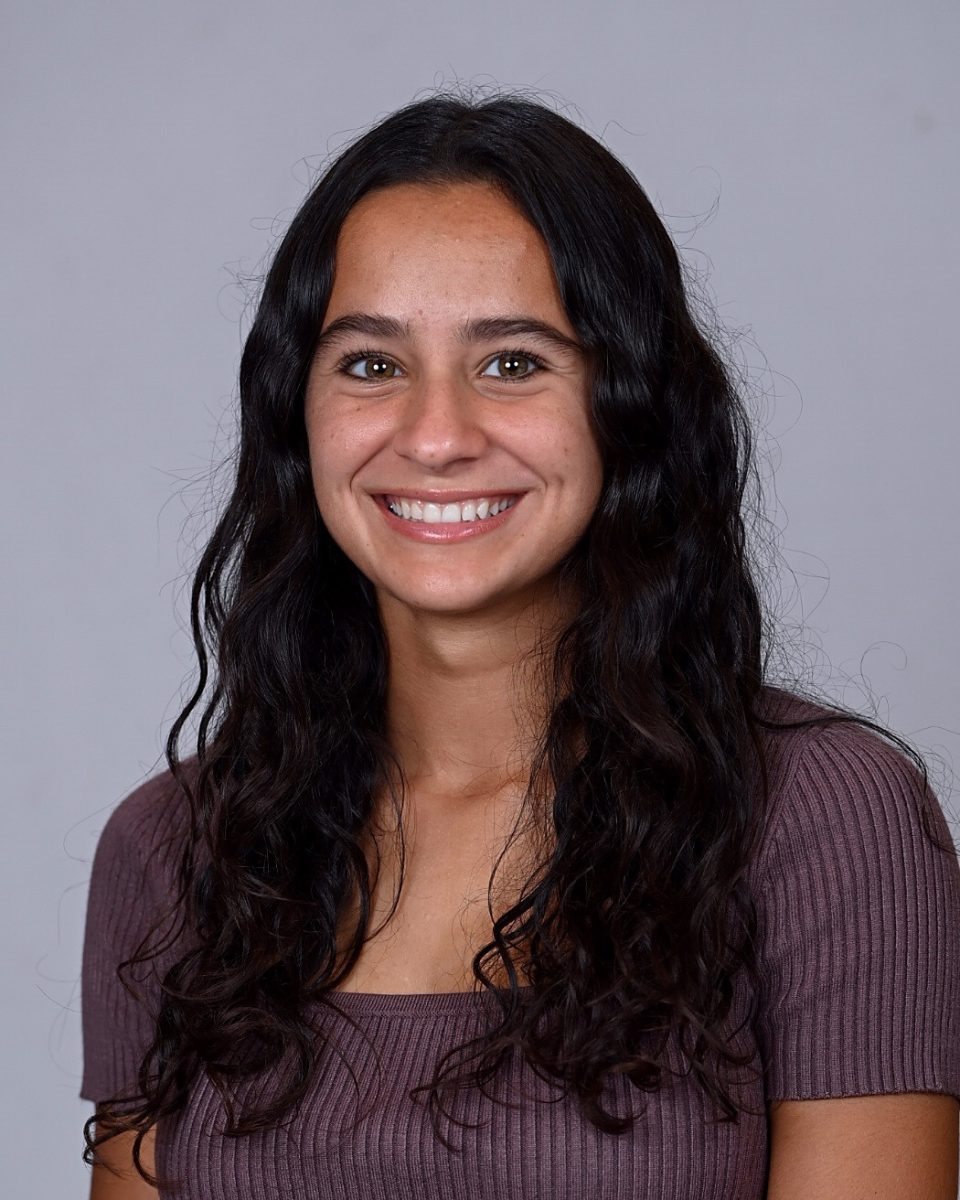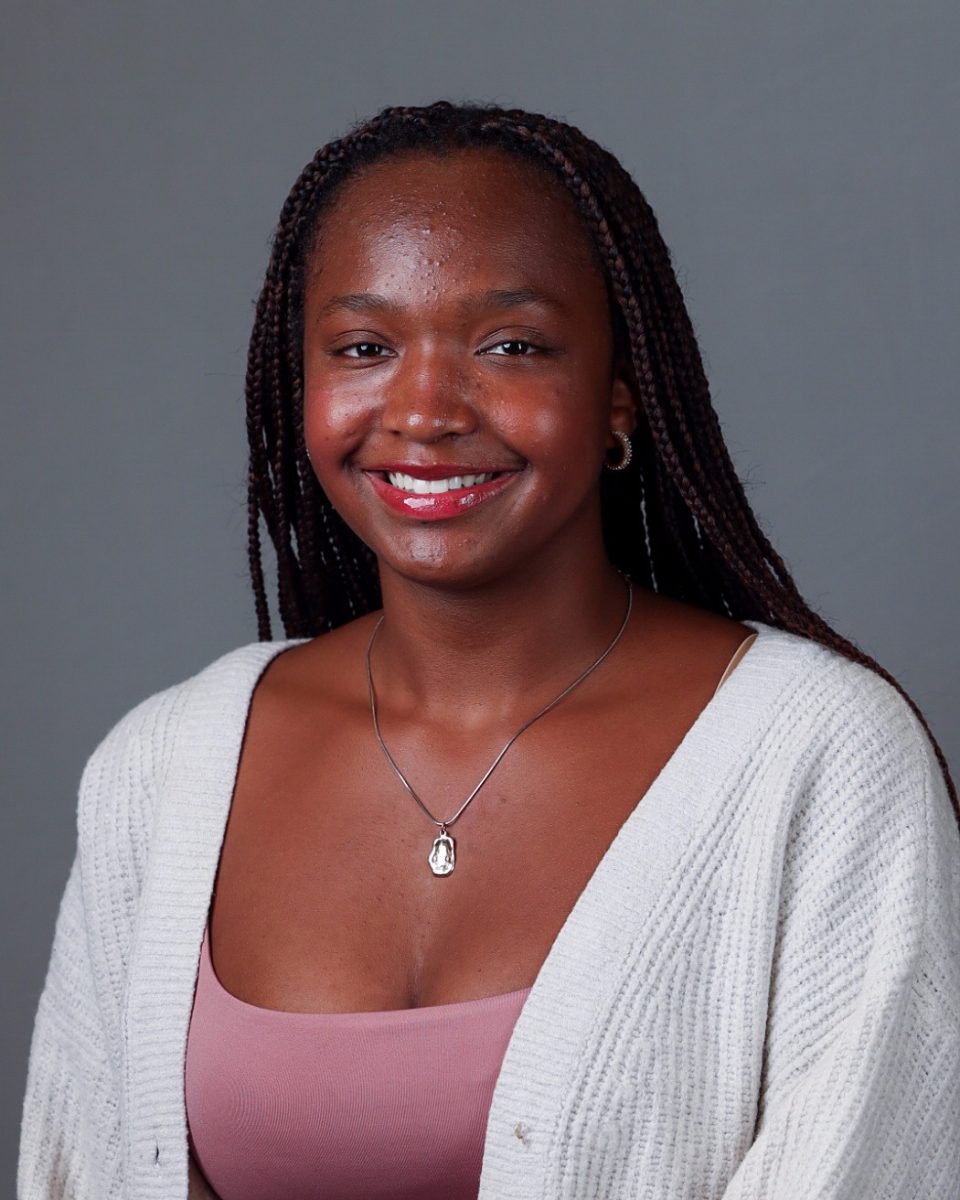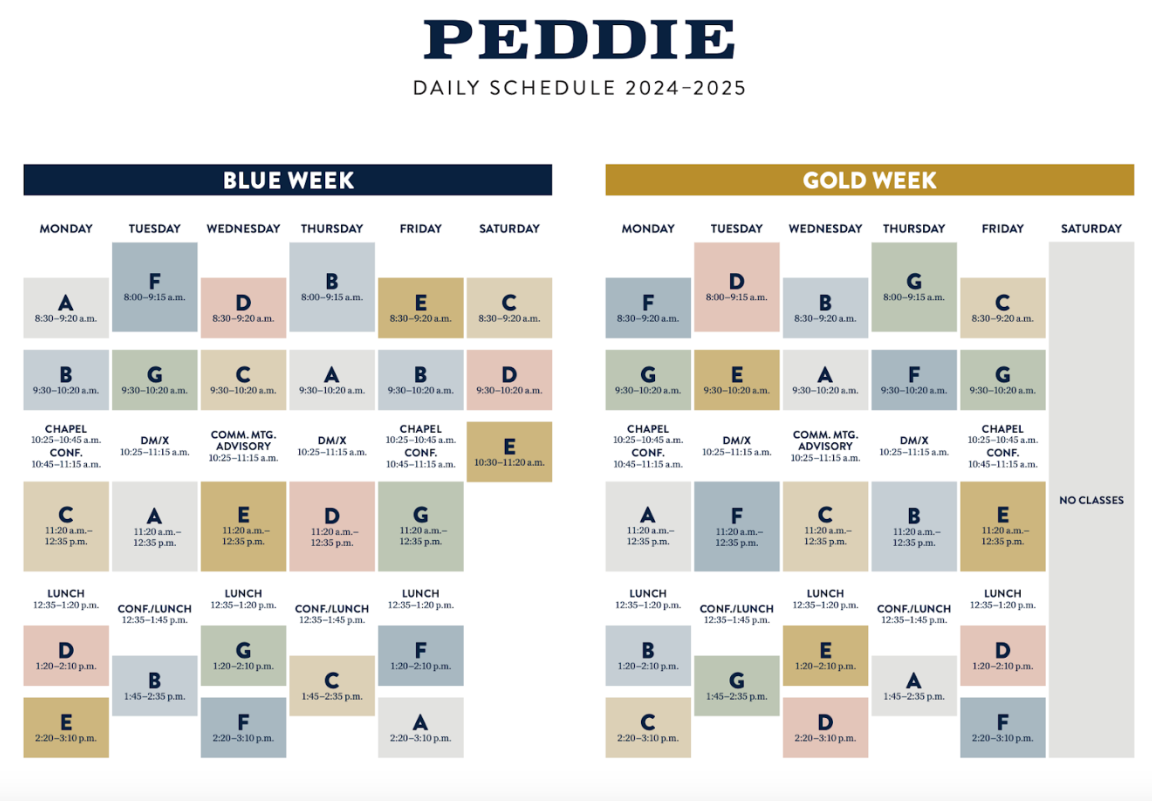We know our school as the “Peddie School of Excellence,” a coed preparatory boarding and day high school in Hightstown, New Jersey, but it wasn’t always like this. In 1864, when our school was founded, it was called the Hightstown Female Seminary, an American Baptist School for girls. This distinction only lasted a year until it was renamed the New Jersey Classical and Scientific Institute. Due to the new admission of boys, it was now a coeducational school.
Everyone in Peddie has heard the name Thomas B. Peddie; after all, the school was again renamed after him only seven years later, in 1872, after he donated $25,000 (equivalent to $611,000 in current currency), saving the school from bankruptcy. By 1890, the school was thriving as a coeducational boarding school. However, as the 1900s approached, the popularity of coed boarding schools waned. Headmaster Roger Swetland and the board of trustees were convinced to change the school’s admission policy, resulting in Peddie becoming an all-boys school. Due to societal demands, Peddie’s gender composition has changed three times throughout its 160-year history.
By the late 1960s, due to an intense shift in societal norms, the pressure to bring back coed schools was on the rise. Peddie hired their first-ever female faculty member, Mary Yeakey, a Michigan native hired to teach Latin. As a result of the economic pressures, Yale and Princeton decided to enroll women for the 1969-1970 academic school year. In June of 1970, after two years of discussion between the board of trustees, alumni, staff and faculty, Peddie finally decided to accept women for the fall term of 1970. Twenty-one women were enrolled that year, and the first African American woman was admitted the following year.
By now, the Vietnam War was in full swing, and amid the pressure to keep up with social norms, women were then accepted as not only day but also boarding students.Around the country, riots sprouted up as more and more marginalized groups, such as people of color and women, protested for equality, making more and more people think more about the rapid transition of roles and expectations of women in society. This was a giant leap of change for Peddie; even 50 years later, alumnae still recalled difficult times and moments of isolation yet were still very grateful for the opportunities of education and beyond.
Even though this was a big change, Peddie provided a welcoming environment for the new students and was very supportive of integrating the girls into the school. However, it was still a struggle.
The school had been male-dominated for the longest time, and like most schools at the time, it had activities and facilities specifically designed for boys only. Incorporating new athletic facilities with limited time and space proved to be one of the most significant challenges as school administrators scrambled to make accommodations for girls’ teams.
A well-known faculty member in the Peddie community, the Dean for the freshmen class, Mrs. Loughran ’77, shared her experiences: “There were just a lot of [boys],” she said, “No matter what situation you’re in, no matter what group you’re in, everything gets quite comfortable and normal. I knew I was going to a school full of boys, and I never really minded it.” Peddie supported the coeducational decision and went to make a more inclusive environment for both the girls and the boys, “The boys made us feel cool,” Mrs. Loughran also added.
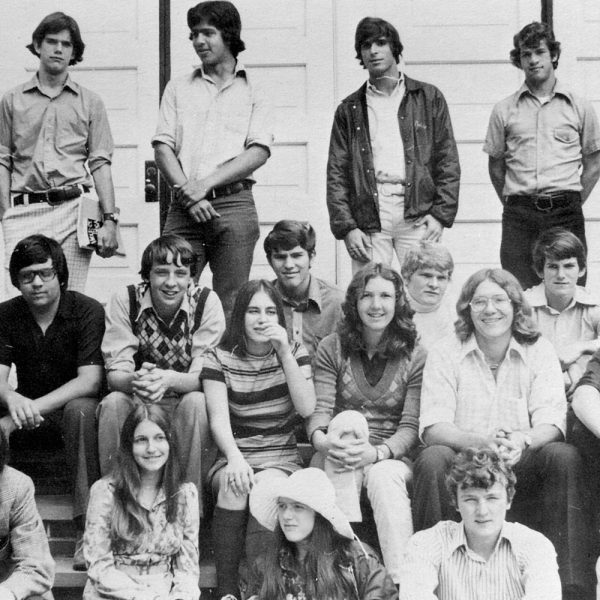
Though the girls experienced little to no misogyny, there were occasional scuffles between the girls and boys athletic teams. Ever wonder why the girls’ and boys’ tennis seasons are split between the fall and spring? Mrs. Loughran recalled one event of a minor argument between teams over the tennis courts. To resolve the issue, the seasons between boys and girls were separated.
All difficulties aside, earlier graduating girls wrote letters back to the school noting their wonderful experiences and academic accomplishments. Some even rejoined the Peddie community to work as a faculty member (Mrs. Loughran). In February of 1973, Headmaster Kerr praised “the excellent experience with our present-day girls” and announced that Peddie would increase total enrollment.
There are more or less 532 students currently enrolled in Peddie, with 17% being international from places like Asia, Europe and all across the United States, with around 60% being boarding students. These statistics show the growth in diversity from 160 years ago. It needed help to gain balance, but the growth is immense. Though our school is not perfect, it will continue to strive to be as perfect as it can; you never know what might happen in the future.
Citations:
- Peddie.org (Ars Longa, Vita Brevis)
- Peddie Chronicle Spring 2020: When women returned to Peddie Thomas B. Peddie – Wikipedia
- 1973-1977 Peddie School yearbooks

